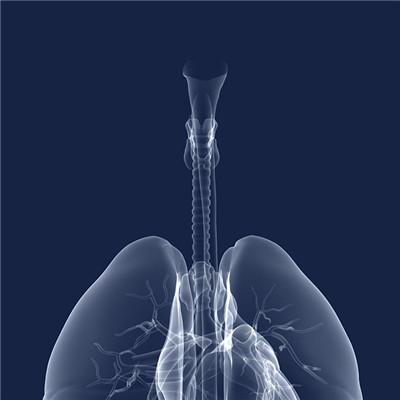Ewing sarcoma early symptom?
summary
Ewing's sarcoma is traditionally considered to be a primary malignant bone tumor originated from mesenchymal connective tissue of bone marrow with small round cells as the main structure. A new modern concept is: small round cell tumor of bone or soft tissue originating from neuroectoderm. So Ewing sarcoma early symptoms? Now let me introduce it to you
Ewing sarcoma early symptom?
The early symptoms of Ewing's sarcoma are dull pain and swelling of the affected area. About 2 / 3 of the patients may have intermittent pain, with different degrees of pain. The pain is not serious at the beginning, but quickly becomes persistent pain; According to the location, local pain will spread with the spread of the tumor. If it occurs in the pelvis, the pain can radiate along the lower limbs and affect the activity of the hip joint; If it occurs in the long bone near the joint, there will be lameness, joint stiffness, and joint effusion; In addition, there may be anemia, fever, weight loss and other systemic symptoms. As the early symptoms of Ewing sarcoma are not typical, some of the manifestations are similar to inflammation, which is easy to be misdiagnosed and missed diagnosis. Therefore, once the above symptoms appear, patients should seek medical treatment in time.

Ewing's sarcoma is a malignant bone tumor originated from mesenchymal cells of bone marrow and characterized by small round cells containing glycogen. The most common age was children; The common sites were femur, tibia, fibula, ilium and scapula. Ewing's sarcoma is a rare malignant bone tumor, accounting for 7% of malignant bone tumors. It mainly occurs in adolescents aged 10-25 years old. It is rare in patients under 5 years old and over 30 years old. The ratio of male to female is about (2.0-2.5): 1. The tumor has high malignancy, rapid development and poor prognosis. The disease can be found in any part of the whole body, but the most common site is the long bones of the limbs, followed by the metaphysis. Femur, humerus, tibia, fibula and ilium are the most common. In addition, rib, scapula, spine and skull can also be affected.

The pain in the affected part was intermittent at first and developed to persistent severe pain. If the lesion involves the ribs, pleural effusion will appear; When the long tubular bone is involved, the movement of adjacent joints is limited; Lumbar lesions will affect the nerve trunk and produce sciatica and lower limb weakness; Pelvic lesions may invade the pelvis and cause incontinence. Patients often have irregular fever.

matters needing attention
In our daily life, if we want to prevent this kind of disease, we should have a good attitude to face our pressure and combine work with rest, because too much pressure is the biggest cause of cancer. In our daily life, we should also develop good living habits. It's better not to drink tobacco, smoke or drink. Then we should live a regular life and strengthen exercise, Build up your body















